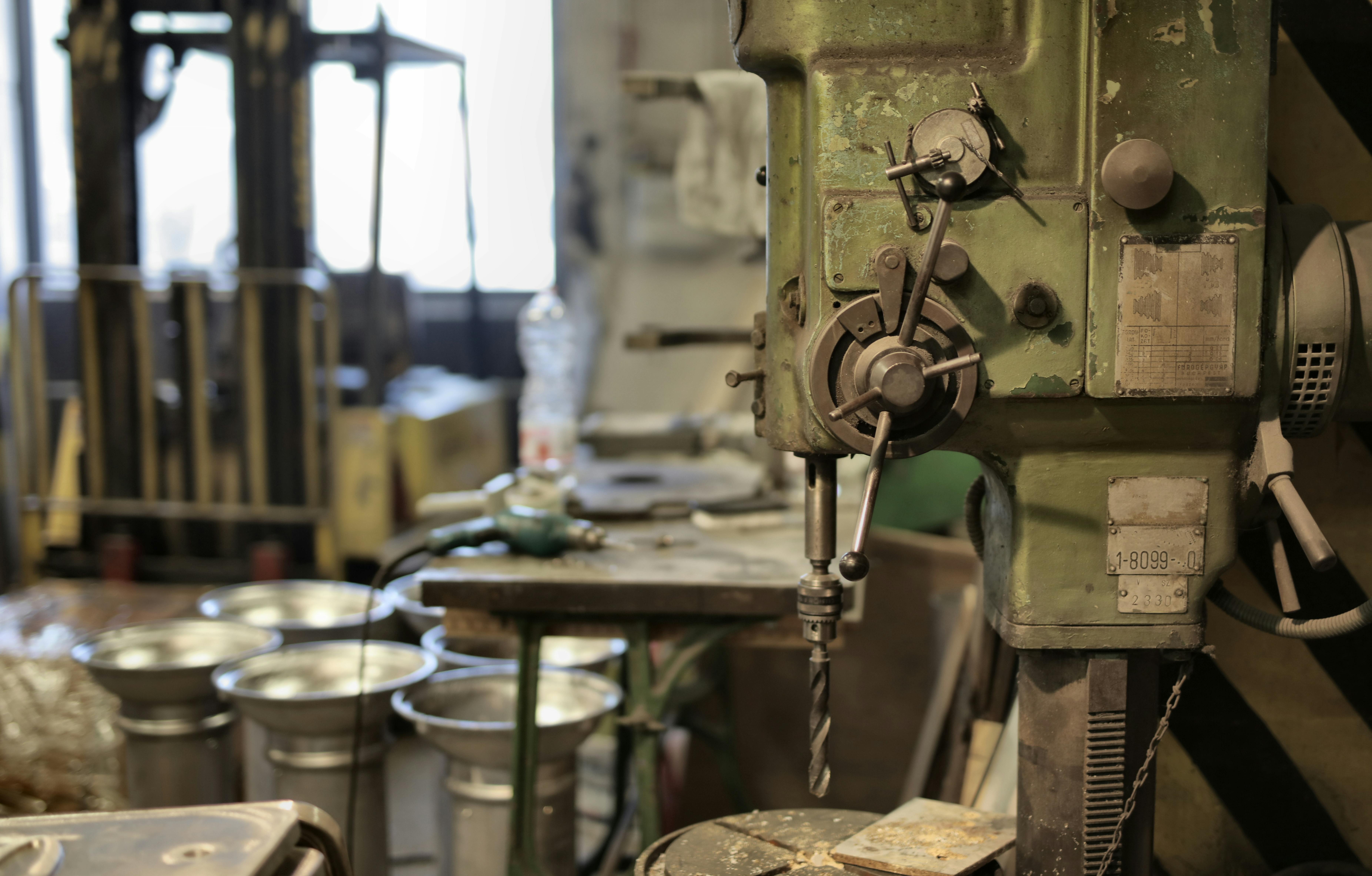
How does a DVR surveillance system work?
Security DVR or Network DVR should not be confused with a TV DVR or TiVo. Security DVR is more sophisticated and reliable than the ones on your TV. These DVRs are also made to be compatible with security cameras and computers and can record 4 to 16 cameras at the same time in a CCTV DVR setup. They will allow you to review from one to 16 cameras in real time or play back a previous recording. The latest video surveillance DVRs are stand-alone units, which means that all the necessary software is already installed on the DVR. Plus, by using a hard drive, you can go back and review a recording without having to rewind. These recorders will allow you to freeze a frame, fast forward or rewind without tracking loss or streaking.
Being able to remotely view your office or home over the Internet is one of the biggest advantages of video surveillance. Using a low quality DVR or using software on your computer to connect to your cameras can create problems. With computer controlled software or a low quality DVR, you are susceptible to hacking or viruses. When setting up your video security system, you should choose a high-quality standalone DVR.
There are many advantages of a DVR security system. You can control the cameras remotely and the DVR can detect motion to turn the cameras on and off, thus saving disk space and power. The video information is “stamped”, which means that the recording has the time and date of each frame. Finally, the security DVR is just that, more secure because all the software is loaded on the DVR and does not depend on the operating system of the computer.
Previous technology for a video security system used a time-lapse VCR. The disadvantages were the limited recording time (usually a maximum of 8 hours) and the hassle of rewinding the tapes. Another factor was the vulnerability of the tape itself, either getting stuck or deteriorating. Information such as timestamp was often unavailable and video fidelity was poor. For prosecution, there is no better evidence than a time-stamped video to present in court. High-quality video from a stand-alone DVR will help police know who to look for.
A DVR can detect motion by looking at the pixels of the videos. The change in pixels tells the camera that there is movement. Because of the way the DVR screen is divided into cells, the camera won’t see things that are normally moving, like a fan, because not only do the pixels have to change, but neighboring cells also have to change in color. pixels. The camera has nothing to do with motion detection, as this is accomplished by the DVR.
The components of a DVR security system are the camera or cameras, the stand-alone digital video recorder, and the network-capable monitor or computer. The cameras connect to the standalone DVR wired or wirelessly using a transmitter in the camera and a receiver to power the DVR. Most DVRs have a built-in screen or quad splitter. This allows you to use one monitor to view up to four cameras at the same time. The security DVR can be bypassed using a device known as a USB DVR, which is a very inexpensive device that connects the camera to a network-capable computer. The downside is that the USB DVR does not store any video or timestamp the video frames. This is useful for monitoring a location for vandalism or damage with a low-cost system. The USB DVR allows you to view your property in real time over the Internet from anywhere in the world.
Modern technology has developed a small single channel DVR capable of being placed inside a hidden camera. This little DVR records video to a memory card. Today’s memory cards can hold 16 GB or more of data, which will cover 24-48 hours of recorded video. If this DVR is capable of detecting motion then it could cover a much longer period of time. The user simply goes and pulls out the hidden camera card and reads the video on their computer. This will allow a hidden camera and DVR to be attached to a common object such as a radio, clock, or mirror. The hidden camera becomes a mobile device and can simply be placed in a room and plugged in. This is especially useful for detecting internal theft in a small business or using the hidden camera as a nanny cam.
In short, a standalone DVR is useful for controlling multiple cameras, obtaining high-quality images with a timestamp, and storing this information for later use in recognition and processing. The DVR provides an extra layer of security by removing software-based programs that are susceptible to getting hacked or getting a virus. A high quality DVR will allow motion detection and remote control of a PTZ camera.